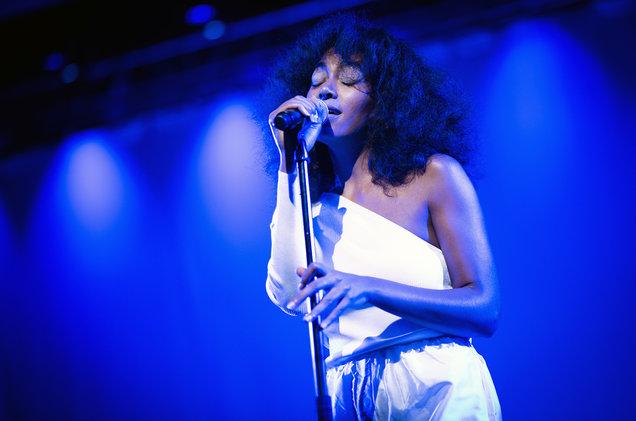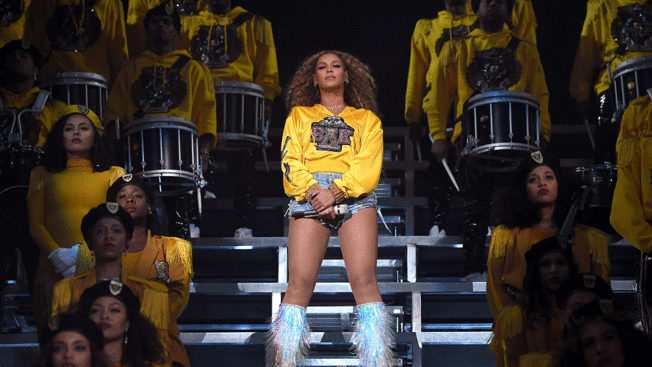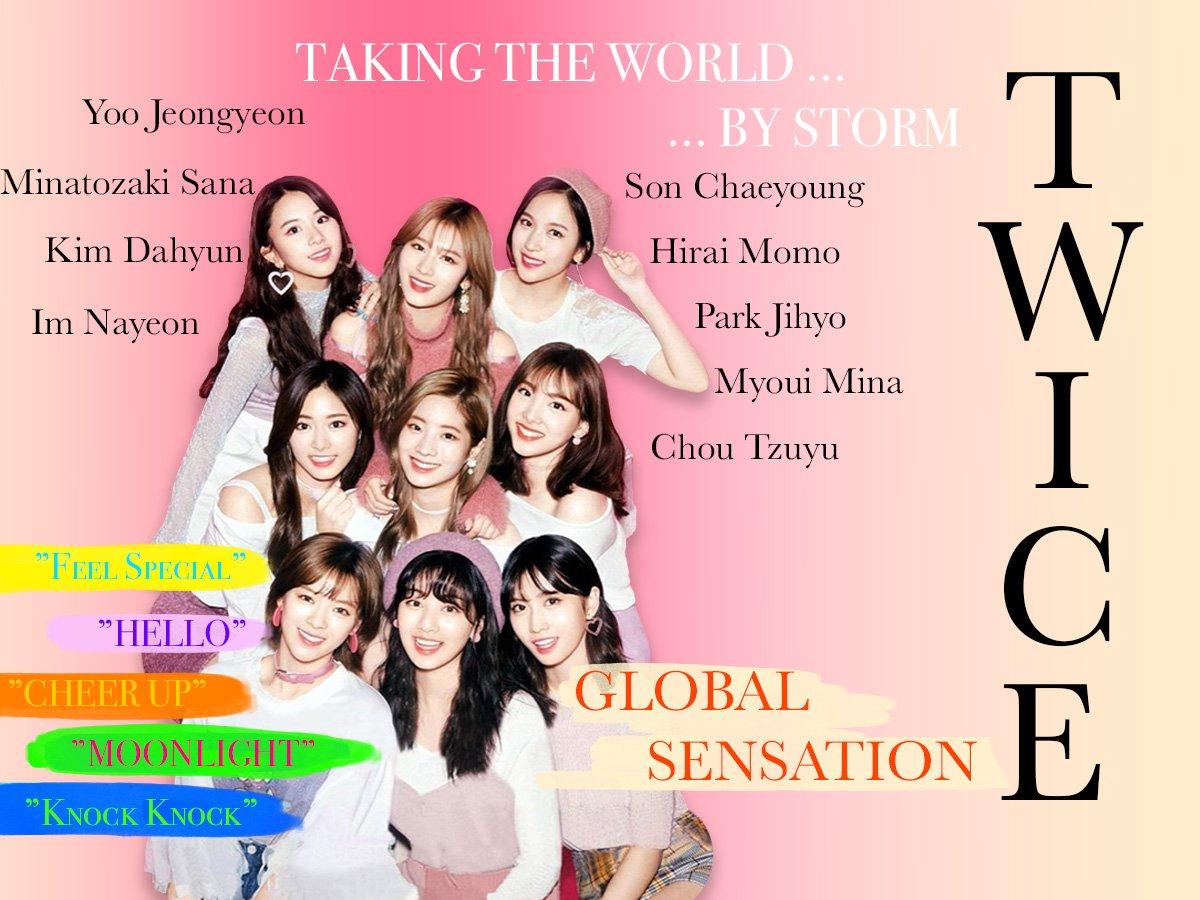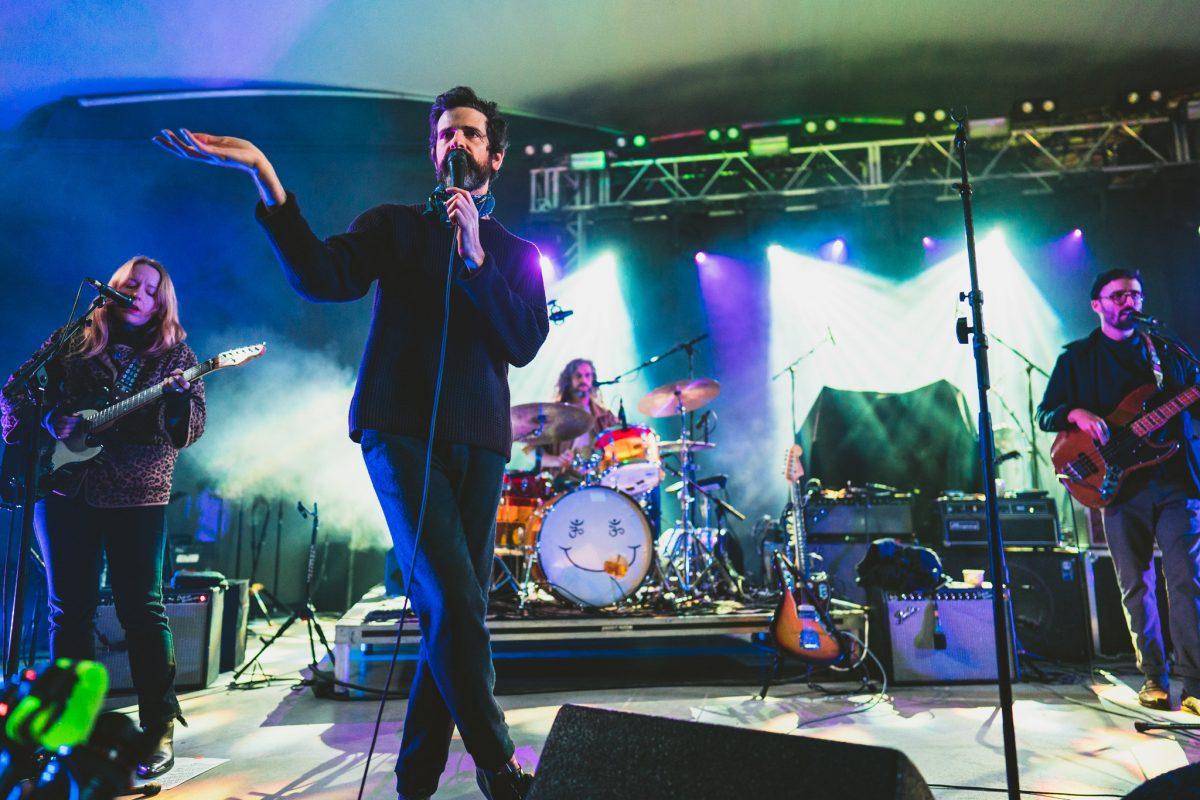Photo courtesy of Larry Busacca/Getty Images
In the modern landscape of music, it seems as if a new album is dropped out of thin air every week – whether we like it or not.
Story by Savannah Olson
For pop music lovers, there’s a day that will live in infamy. December 13th, 2013 – aka B-DAY. This moment in time is also known more officially as the surprise release of Beyoncé’s highly anticipated self-titled album. Sidelining traditional forms of album promotion, Beyonce ushered in a new era of music consumption that centers on artist having control over their music and catching their audiences off-guard.
Commonly referred to by fans and music critics alike as “the surprise album,” this 21st century invention was born from the rise of the internet. Prior to streaming services and Instagram promotions, there were old fashion radio waves. Record labels and artists would carefully decide on which few songs would be pulled for the radio to be used as singles on the radio, either resulting in extremely intense hype or fall below popularity. This concept isn’t exactly dead in 2018 – yet, radio has lost its influence on making a song a behemoth compared to streaming services like Spotify or Apple Music. In recent years, Billboard has began to take into account the plays a song or album receives off of music streaming services. Last summer, the organization set up standards which weighted paid streaming services higher over programmed services like Pandora.
Photo courtesy of Sarah L. Voisin/The Washington Post
Beyoncé isn’t the only one in the Knowles family who is familiar with pulling a fast one on fans. Just a few weeks ago, news broke that Solange, indie-R&B queen and future architect of IKEA furniture, will release a new album in the foreseeable future. Whether this mysterious date will be in fall or winter, fans will be discussing what kind of 21st century art Solange has in store. When there’s nothing given to the fans, hopes for the potential of the album stand tall against any transgressions given off by singles and over-extended advertising.
The switch to “surprise albums” also sparked a new way for artists to have ownership over the way their music is released and more creative control. With less focus on the build-up of advertising for the album, musicians can center their attention around crafting an album that fulfills their artistic vision. The pressure cooker of releasing single after single evaporates with the element of surprise.
Yet, music critics have suggested that surprise albums have been contributing to the over-saturation of the digital music market, especially when these albums are done to excess. This last summer, Kanye West dropped two surprise music releases in the seven song EPs of Ye and Kids See Ghost. Around the same time, Drake released the twenty-five song album, Scorpion. In both of these releases, West and Drake received lackluster reviews from music critics. Despite these critics, Ye and Scorpion debuted at the top of the Billboard 200.
When observing these surprise albums today, fans see different reflections of their impact as digital art forms. Beyoncé altered the digital music landscape and pushed the envelope on how artists can share their music to the masses. Kanye and Drake have exhibited how in the age of constant surprises, there are albums that focus more on putting out hordes of tracks instead of expanding the creativity of music.












































